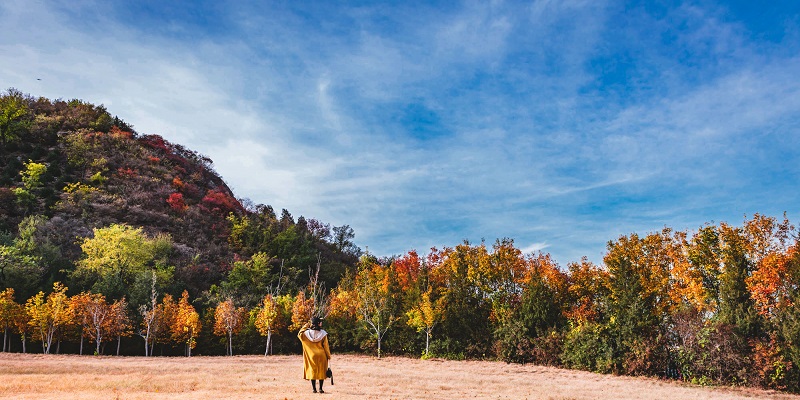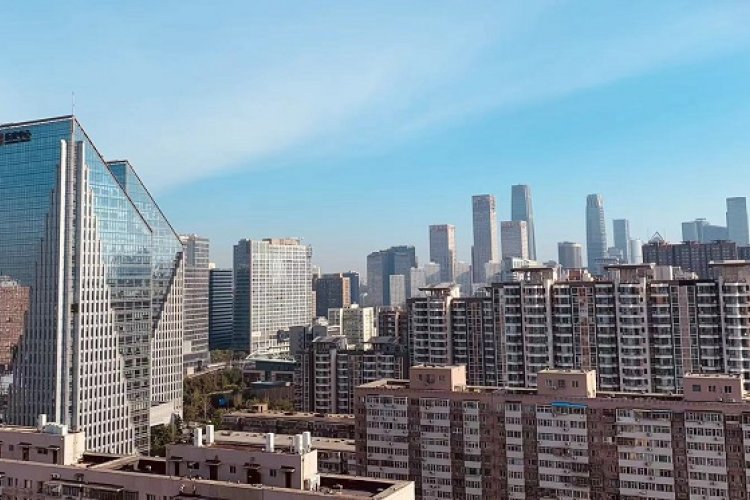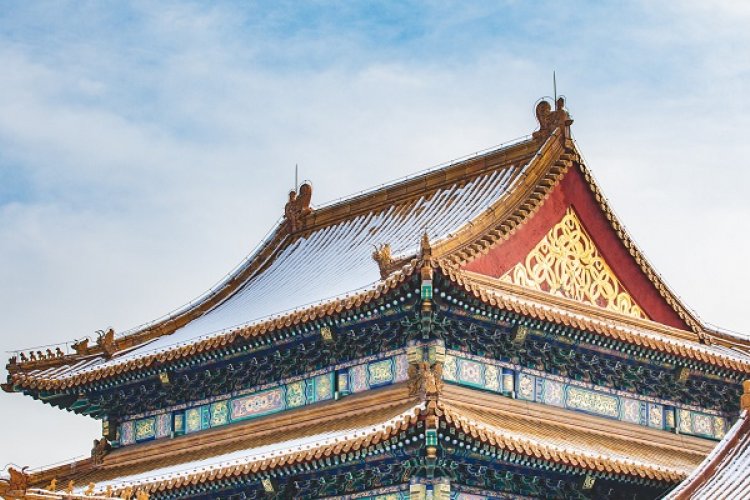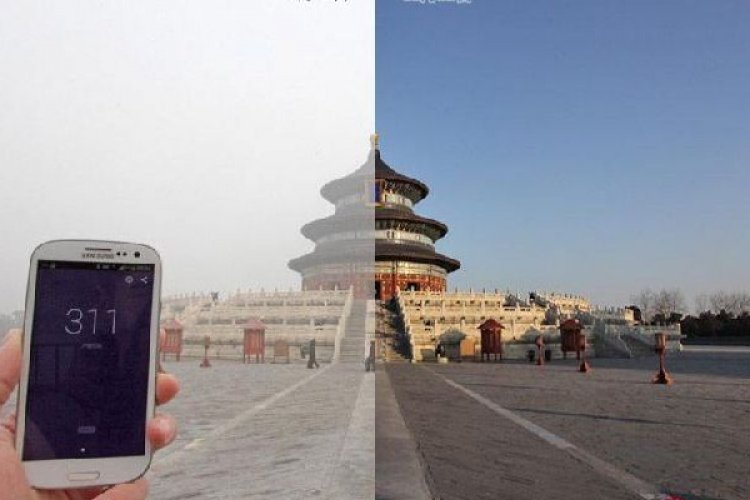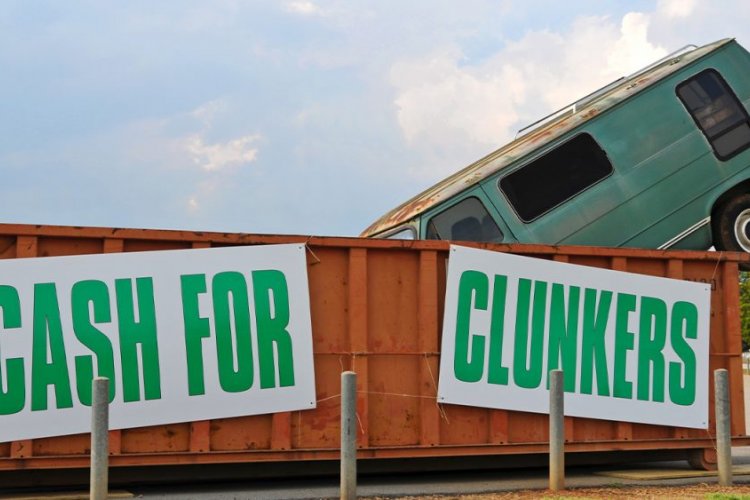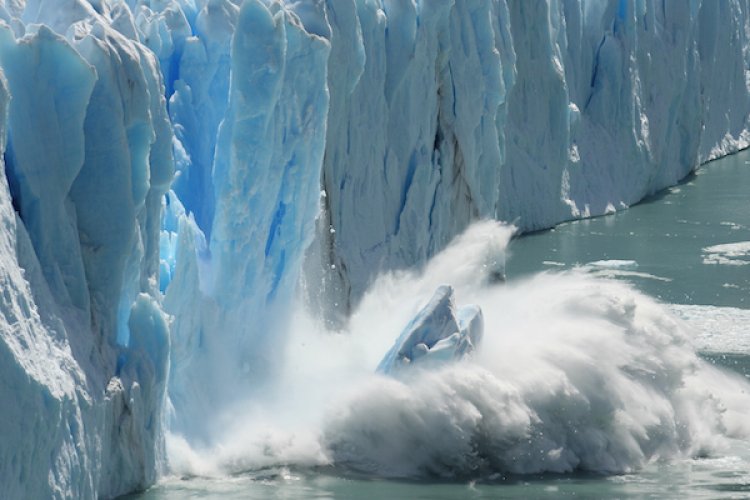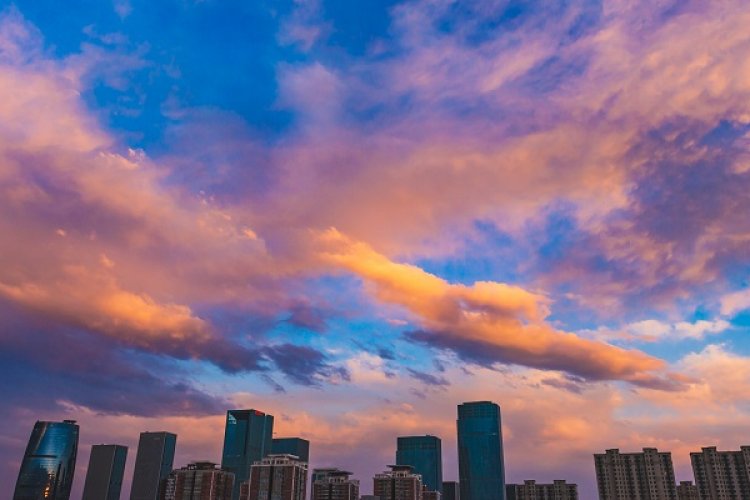Air-Renaissance: Beijing Celebrates 2-1/2 Years Without a “Seriously Polluted” Day
With Covid-19 inconveniencing our lives over the past ten months, it seems we whiny foreigners have forgotten to complain about the air. But a quick look at air pollution data reveals that slowly but surely, we’re running out of things to complain about.
We were first prompted to investigate the situation when Beijing Daily posted a claim on Weibo this morning, asserting that it had been two years without a "severely polluted" day.
Can it really have been so long, we asked ourselves? Well, we looked into it, and it turns out that it's been even longer.
According to data from the Ministry of Ecology & Environment, Beijing hasn’t had a “seriously polluted” day – defined as a day when the AQI exceeds 300 – since March 28, 2018.
That’s 945 days ago – a span of more than 2-1/2 years.
Oh sure, the air’s still not pristine in Beijing, but come on, you have to grade on a scale here in Pollution Central. No matter how you slice it, year-on-year things are looking better.

And yes, it’s worth noting that China uses a method of AQI classification that is a bit less stringent than the ones commonly used in places like the US.
However, these scales converge after AQI 200, and the data clearly shows the air has improved drastically over the past decade.

The air's been so good recently that fresh-off-the-boaters might be wondering what we grizzled Beijing expats have been on about. The 30-day stretch between Sep 7 and Oct 6 of this year averaged AQI 50 – the best stretch of air quality on record in recent memory (full comparable data from the MEE is only available back to November 2014).
That's a far cry from, say, Jan 2017 when we wheezed our way through a full week when the AQI averaged 334, or maybe Christmas Day 2015 when Santa obviously forgot the catalytic converter on his sleigh and we hit AQI 485.
Alas, let's get back to the present.
There have of course been yucky days since the last airpocalyptic day in Mar 2018, but this is increasingly the exception rather than the rule. We’ve had 24 days of “seriously polluted” (AQI over 200) air in the 30 months since then, which works out to roughly once every 39 days.

That’s a far bit better than the dark days of 2015 when we choked our way through a whopping 53 days over AQI 200 in a single year (that's an average of more than once a week). The next year, 2016, was marginally better, but we still slogged through 39 of these bad boys.
By 2019 this trend hit its nadir, with a mere four days over AQI 200. We've regressed a bit on this particular metric, with ten so far in 2020 – a trend some speculate may be the result of relaxed pollution controls during the aftermath of the initial COVID-19 outbreak (when China prioritized economic recovery).
However, despite this small setback, we’re still headed in a good direction overall. Days with excellent air quality (AQI >50) are on the rise, with 85 of those beauties in 2019, and 83 so far in 2020 – a pace that should see us approaching a new peak of 100 great air days by the end of the year.
So, while we used to moan on and on about the “airpocalypse”, perhaps it's now appropriate to coin a new term and revel in Beijing’s "air-renaissance."
READ: Beicology: How Much Do Sharebikes Actually Do for Beijing’s Environment?
Images: Uni You, Michael Wester

